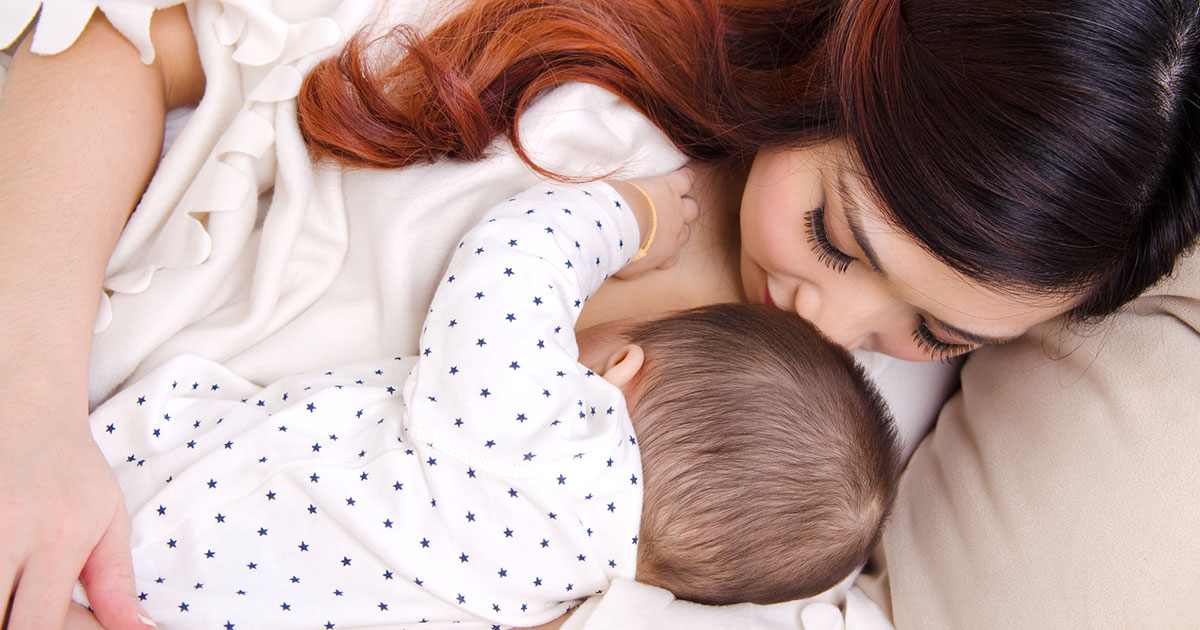Serious Postpartum Complications Women Can Face
Mastitis And Clogged Ducts

Mastitis, otherwise known as a breast infection, consists of tender, reddened areas on the breast. They can be caused by bacteria and lowered defenses against exhaustion, stress, or cracked nipples. If symptoms appear, they usually are fever and headaches, chills, fatigue, and nausea and vomiting. Standard treatment is an antibiotic from a doctor. The patient may continue to breastfeed, as an infection does not affect the quality of milk, and it is also vital the patient drinks plenty of fluids and gets lots of rest. A warm, wet towel applied to the affected areas can provide some relief, and a cold compress after nursing may also reduce the congestion in the breast.
Clogged milk ducts, which often result in redness, pain, swelling, or a lump in the breast, can appear to be mastitis. However, clogged ducts are not accompanied by flu-like symptoms. Doctors will recommend the patient massages their breast, frequently nurse until there is no more milk, and apply warm, wet packs or towels to the area to alleviate discomfort.
Blood Clots

Although it is quite normal for a woman to bleed right after delivery and for the subsequent weeks after giving birth, some blood clots and symptoms the body dispels can indicate a more crucial health problem. Normal blood clotting has a jelly-like appearance, and can contain mucus or tissue, and can be as large as a golf ball. Bleeding will be at its heaviest right after childbirth due to the uterus shedding its lining, however, the bleeding and discharge most women experience should completely slow down or stop within five to six weeks. Although blood clots and bleeding cannot be prevented, many doctors will advise patients to monitor the blood flow and use sanitary napkins.
